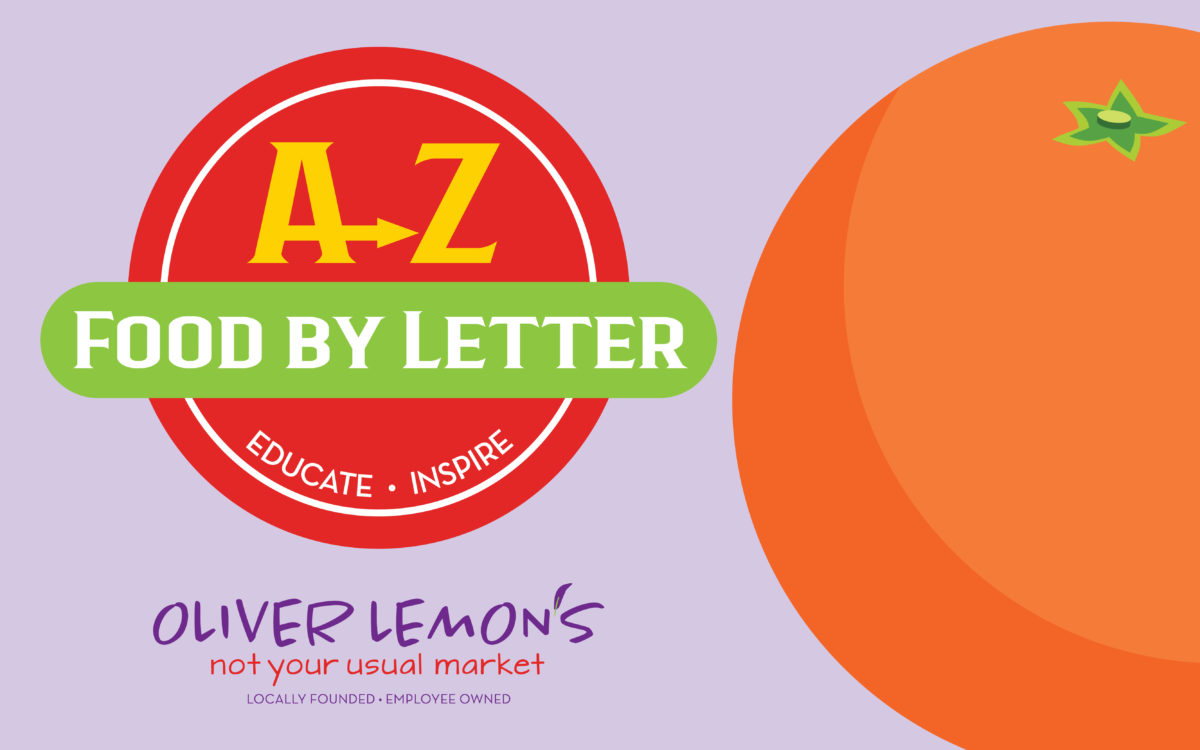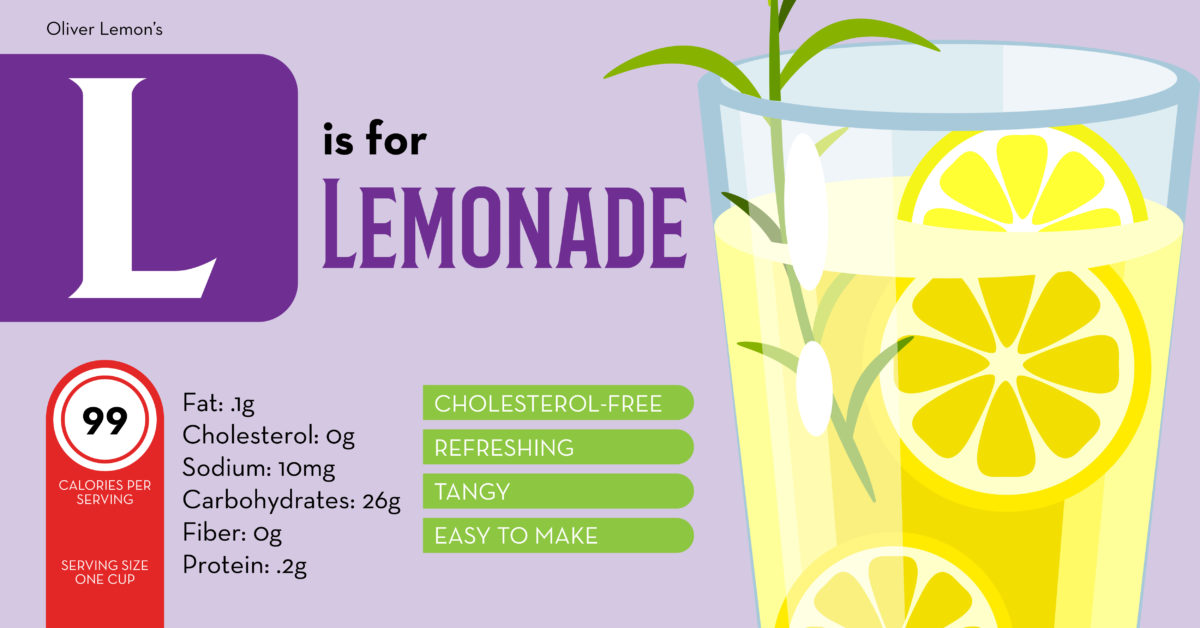"Let's face it, life is better between two pieces of bread." - Jeff Mauro
We’re sharing our deep appreciation for the mighty sandwich. Believe it or not, Americans eat more than 300 million sandwiches a day! That’s right, every day we consume about as many sandwiches as we have people to eat them. And why not? The sandwich might just be the perfect food: portable, easily customized, and as simple or as elaborate as the mood permits.
The sandwich was popularized in England around 1762 by John Montagu, the 4th Earl of (you guessed it) Sandwich. Legend has it that Montagu had a substantial gambling problem and during a particularly long binge, he asked the house cook to bring him something he could eat without getting up from his seat. Voila! The sandwich was born. Montagu enjoyed his meat and bread so much he ate it constantly, and as the culinary masterpiece grew popular in London it also took on the Earl’s name.
Sandwiches can also be classified into groupings! According to the New York Times, there are five main types of sandwich here in the States, and they're all dictated by the type of bread used: hard roll sandwiches, soft bun sandwiches, hero sandwiches, sliced bread sandwiches, and every other sandwich that doesn't fit into those other four categories. We’re partial to the classic sliced bread variety...what’s your favorite!?
Looking for a lunchtime refresh? We've included a list of some of our favorite sandwich combos here to inspire you, along with 3 rules from Real Simple to make your sandwich a star.
- Chicken Waldorf
- Salami, mozzarella, and roasted red pepper
- Goat cheese, ham, apple, and arugula with a honey drizzle
- Classic Caprese
- Smoked salmon, dill, and cream cheese croissant
- Turkey club with cranberry sauce
- Tuna salad with sharp parmesan cheese
- BLAT (bacon, lettuce, avocado, tomato)
- Cucumber and mint tea sandwiches
- Pimiento cheese with tomato

How to build a better sandwich (our top three tips!):
- Mix up the textures: Some sandwiches thrive on pure softness, like pulled pork, but most can benefit from having several distinct textures. Adding textures brings complexity, like the crave-worthy combinations of crisp-soft or melty-toasty. Think about the kind of crunch that onion rings add to a sandwich or the subtle pop of seeds. There are all kinds of ways you can build contrasting textures. A common way is to toast bread separate from the fillings, creating a thin crisp sheath around the outside. You can also incorporate fried eggs, snappy vegetables like carrots, thick cuts of cheese, crisp lettuce, creamy aioli, and so on. Even small variations between textures can make a huge difference.
- Find inspiration in your jars and cans: When it comes to layering a great sandwich, the pantry is your BFF. How easy is it to twist open a jar of roasted peppers, marinated artichokes, or spicy relish and jazz up your sandwich in just a few spoonfuls? A whole host of jarred goods has the potential to add dimension to sandwiches, and with almost no added work. Sun-dried tomatoes, kimchi, even jarred pesto. Turn to your pantry and get creative!
- Add some acid: An overlooked trick in the sandwich toolbox is harnessing the powers of acidic ingredients. This tool, though, has been right in front of your eyes the whole time: think about pickles on a cheeseburger, how their zing can lighten the heft of the meat and lend a nice counterpoint to the ooze of the cheese. Calling on acidic foods can lift sandwiches, especially those like banh mi, chicken cutlet, or any sandwich that leans on fatty or meaty components. Pickled vegetables can do a great job here, whether simply red onions or heirloom cauliflower in a fancier giardiniera. A sprinkling of vinegar can go a long way, too.













